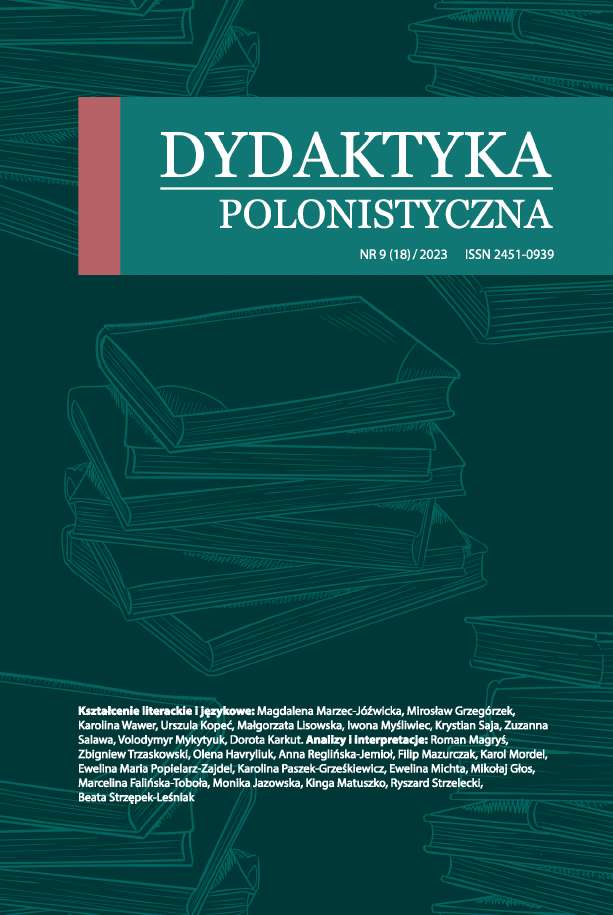The image of a man and a woman in Catholic borderland epitaphs from the 19th and early 20th centuries (based on the example of Podolia)
DOI:
https://doi.org/10.15584/dyd.pol.18.2023.12Keywords:
South-Eastern Borderlands, Podolia, Catholic cemeteries, epitaph, tombstone inscription, characteristics of deceased men and womenAbstract
The article examines tombstone inscriptions from the 19th – early 20th centuries in Catholic cemeteries in Podolia. The introduction presents a short history, as well as the life of Poles, and the characteristics of the Polish population of the period. Optional parts described and examined, in which the characteristics of deceased men and women are given. In selected inscriptions there are characteristics of the dead, which are marked axiologically. Origin, positions held, family and social relations are analysed. The result of such analyzes are images of Poles – men and women recorded in inscriptions in Podolia cemeteries. The comparison of the marked features of the male and female deceased testified to the role of women and men of Polish descent in Podolia, the difference in their role in society, and the difference in the characteristics given in tomb inscriptions.


